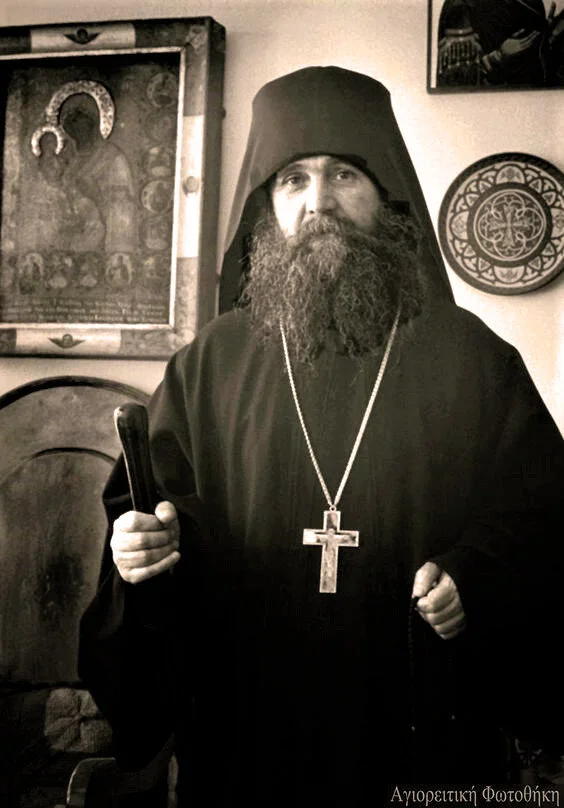|
Orthodox Monasticism The Orthodox Church is well known for its developed monasticism. 
The uninterrupted monastic tradition of Orthodox Christianity can be traced from the Egyptian desert monasteries of the 3rd and 4th centuries. Over time monastic life spread throughout the Mediterranean and Europe: in Palestine, Syria, Cappadocia, Gaul, Ireland, Italy, Greece, and the Slavic countries. Monasticism, from the Greek word «μοναχός» meaning “solitary,” is the ancient Christian practice of withdrawal from the world in order to dedicate oneself fully and intensely to the life of the Gospel, seeking union with our Lord Jesus Christ.
The focus of monasticism
The monastic life
Monastics live a life of spiritual stillness called hesychasm. They live and labor in silence and constant prayer throughout the day, keeping vigil at night, and carefully attending to their thoughts and feelings through inner watchfulness and prayer. Throughout these, they participate continually in the Sacraments and the liturgical life of the Church.
Monastic life is essentially the same as that of the laity
Ceaseless Prayer
“The Prayer”
Ceaseless prayer of the heart is a commandment of our Lord Jesus Christ Himself: “And He spake a parable unto them to this end, that men ought always to pray, and not to faint” (Luke 18:1). Concentrated, unremitting, noetic prayer was first practiced by the Holy Apostles and then handed down (i.e., tradition) to each generation of Christians, monastics and laity alike, as Saint Paul exhorted: “Pray without ceasing” (1 Thessalonians 5:17). Again, Ceaseless prayer is the normal practice of all Orthodox Christians. Those in the world do so in the midst of the busy world. Monastics, dwelling in relative distance from distractions and the bustle of the modern world, offer this prayer to God for the salvation of the entire world.
The apostolic monastic life
Jesus Christ taught this life in His Sermon on the Mount, in His exhortations to be vigilant and to take heed, to have absolute faith in God, to avoid cares that cause anxiety, and so on. He often went up on the mountain to pray on His own, not because He needed to, but to teach us this way of life. He Himself urged us to pray in the inner chamber, and when we have shut the door, to pray to our Father Who is in secret (Matthew 6:6).
Monastic communal life
This is the essential life to which all Orthodox Christians are called, and one which monastics endeavor to practice in an exemplary manner unto their individual salvation and as an inspiration to their monastic brethren as well as to the faithful living in the world. Monasticism has always been a beacon of Orthodoxy which has made, and continues to make, a strong and lasting impact on Orthodox spirituality. Read more:
|

